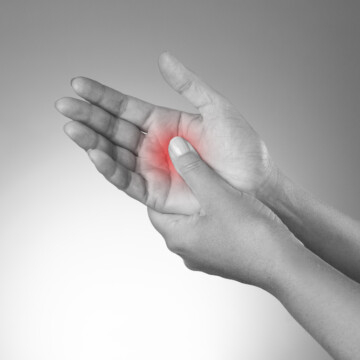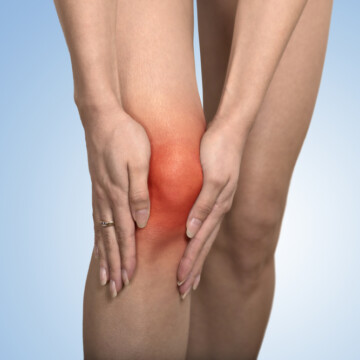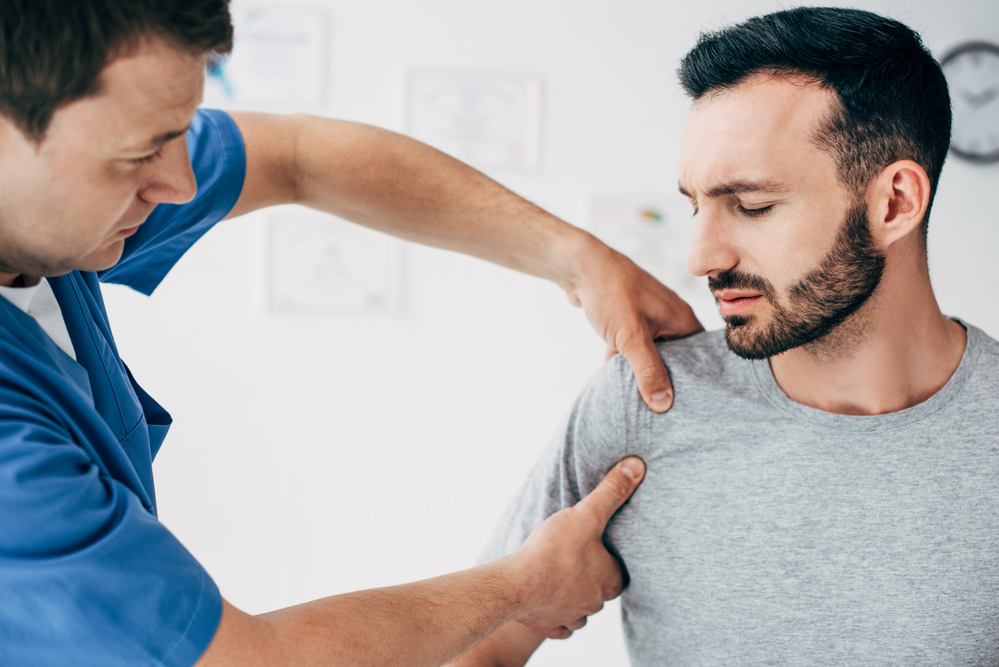
Can you bowl with a torn rotator cuff? According to the Mayo Clinic, a rotator cuff is made up of four muscles and their tendons that hold the shoulder joint in place. These muscles and tendons can be torn or injured from repetitive overuse or a sudden injury.
So, can you still bowl if you have a torn rotator cuff?
Let’s find out!
Contents
- 1 Can You Bowl With a Torn Rotator Cuff?
- 2 What Is a Rotator Cuff Tear?
- 3 What Happens if You Bowl With a Torn Rotator Cuff?
- 4 Can Bowling Make Rotator Cuff Injury Worse?
- 5 How Do You Prevent a Torn Rotator Cuff While Bowling?
- 6 How Do I Know if the Rotator Cuff Is Torn?
- 7 What Do I Do if I Tear My Rotator Cuff?
- 8 Will I Need Surgery to Fix My Torn Rotator Cuff Before I Go Bowling?
- 9 Exercises for Preventing Rotator Cuff Injuries in Bowlers
- 10 What Activities Should You Avoid if You Have a Rotator Cuff?
- 11 How Long Does One Take To Recover From Rotator Cuff?
Can You Bowl With a Torn Rotator Cuff?
It depends on the severity of the injury. If your rotator cuff is moderately or severely torn, then it’s best to skip bowling and focus on rehabbing the injury. However, if your rotator cuff is only mildly injured, then you may be able to continue bowling, but you’ll need to take some precautions to avoid further injuring your shoulder. Talking to your doctor is crucial.
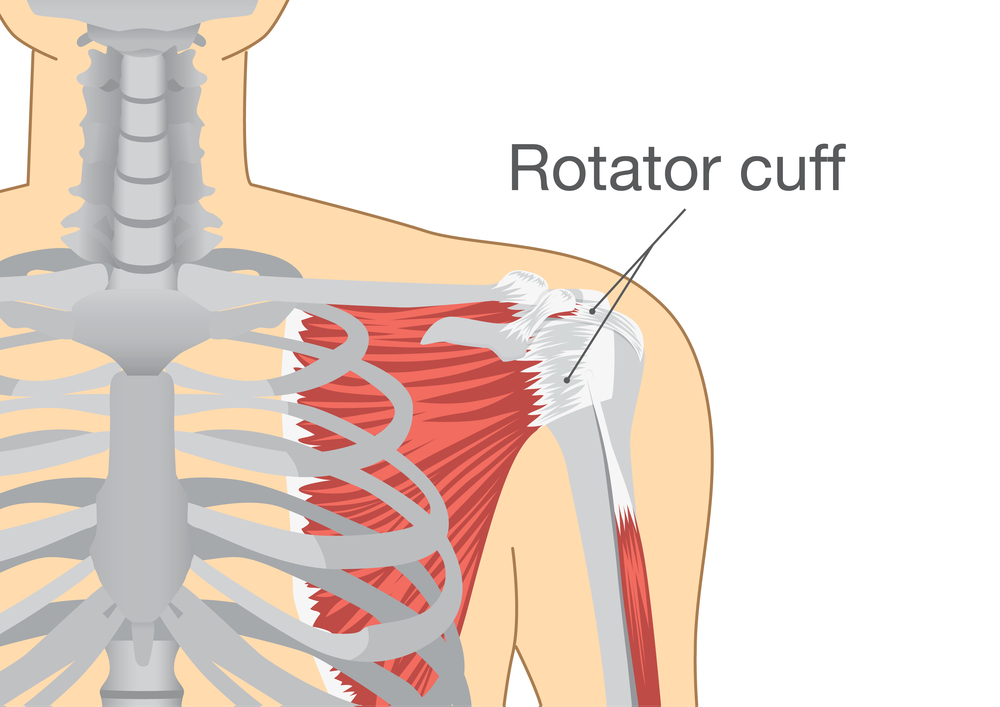
What Is a Rotator Cuff Tear?
A rotator cuff tear is a common shoulder injury, particularly among athletes who participate in overhead sports such as bowling, baseball, or tennis.
The rotator cuff, on the other hand, is a group of muscles and tendons that surround the shoulder joint and help to stabilize the arm. A tear can occur when these muscles and tendons are overworked or strained, often as a result of repetitive motions making the tendons detach from the humerus.
Symptoms of a rotator cuff tear include pain, weakness, and difficulty moving the arm. In some cases, the injury can also cause a crackling sensation when the arm is moved.
While a rotator cuff tear can be painful and impact an individual's ability to perform daily activities, it does not necessarily mean that one has to give up their favorite hobbies.
For instance, many bowlers are able to continue bowling even with a rotator cuff tear. The key is to listen to your body and avoid any movements that cause pain or discomfort.
If you do experience pain while bowling, consider using a lighter ball or taking a break between frames.
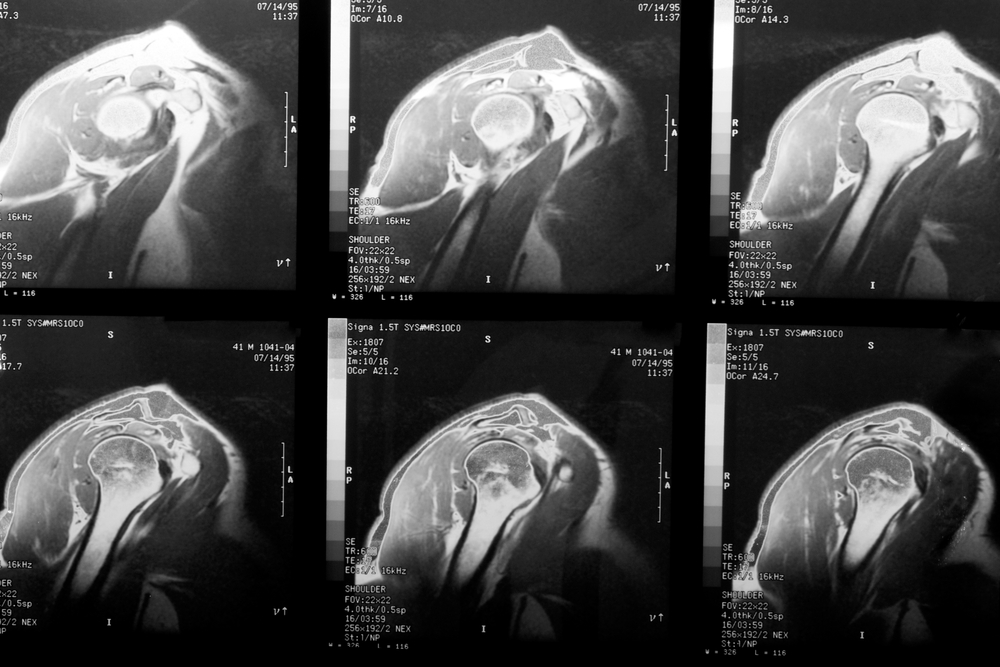
What Happens if You Bowl With a Torn Rotator Cuff?
If you have a rotator cuff tear, it is important to seek medical treatment. Depending on the severity of the tear, treatment may involve rest, ice, physical therapy, or surgery.
Bowlers are particularly susceptible to rotator cuff tears due to the repetitive nature of the sport. If you bowl with a torn rotator cuff, you may experience pain with every throw. In addition, you may be unable to generate as much power, leading to poorer scores.
If you think you may have a rotator cuff tear, it is important to see a doctor so that you can receive proper treatment and avoid further damage to the tendons.

Can Bowling Make Rotator Cuff Injury Worse?
Some experts have raised concerns that bowling may be harmful to the shoulder, specifically the rotator cuff. Bowling can make the rotator cuff to be susceptible to injury due to its location and function.
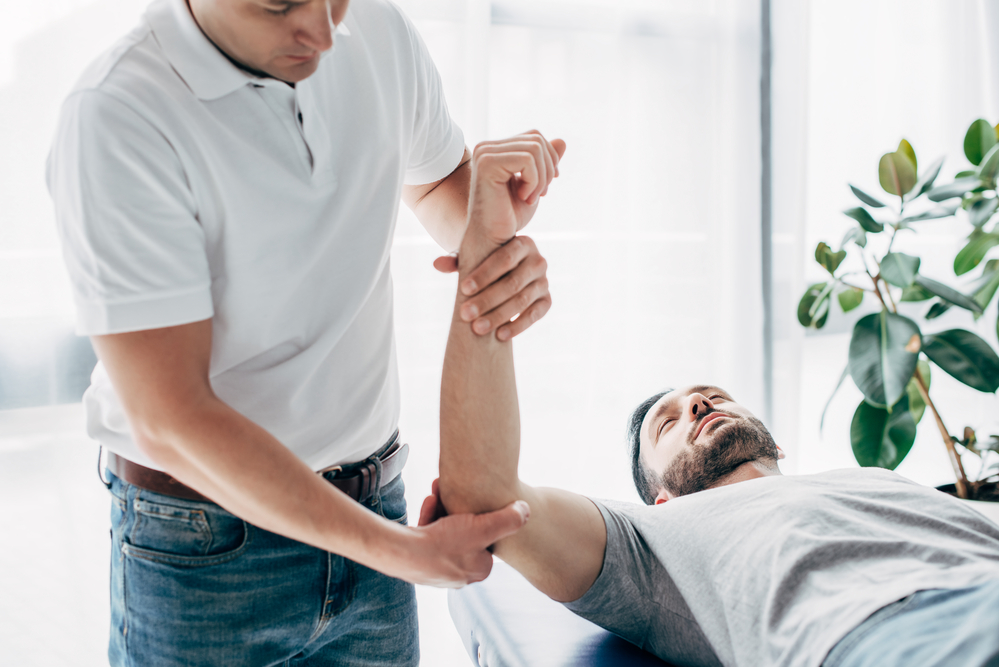
If you grip the ball tightly and use an excessive amount of force when throwing it, you’ll put stress on the rotator cuff, and the repetitive motions can lead to inflammation and degeneration of the rotator cuff over time.
Wearing a supportive shoulder brace or sleeve can help reduce stress on the rotator cuff, and using a lighter ball can also reduce the risk of injury. If you experience pain in your shoulder while bowling, it is important to see a doctor to rule out any more serious problems.
How Do You Prevent a Torn Rotator Cuff While Bowling?
Bowling is another activity that can put stress on the rotator cuff muscles and lead to a tear. To help prevent this type of injury, it is important to warm up before bowling.
It is also important to maintain good form when bowling. This means keeping the elbow close to the body and avoiding excessive wrist movement.
To add, bowlers should use the arm that doesn’t have the tear and also use lighter balls whenever possible. This will reduce the amount of stress placed on the rotator cuff muscles and tendons.
Finally, bowlers should take regular breaks to rest the shoulder and avoid overuse injuries.
How Do I Know if the Rotator Cuff Is Torn?
Symptoms of a rotator cuff injury include weakness in the arm, pain when lifting the arm, and pain when moving the arm across the body.
The most common cause of a rotator cuff injury is overuse, but it can also be caused by a fall or a direct blow to the shoulder.
There are two kinds of rotator cuff tears, i.e., partial tear and complete tear. If the rotator cuff is frayed or damaged, it is called a partial tear, and if the muscles are completely torn from the bone, it is called a complete tear.
If you think you may have a rotator cuff injury, it is important to see a doctor or orthopedic specialist for an evaluation.
What Do I Do if I Tear My Rotator Cuff?
If you've injured your rotator cuff, it's important to seek medical attention as soon as possible before returning to bowling, as it is not safe.
Depending on the severity of the injury, you may require surgery to repair the damage.
In the meantime, however, there are a few things you can do to help ease the pain and promote healing.
First, try applying ice to the affected area for 20 minutes at a time. You can also take over-the-counter pain medication like ibuprofen to help reduce inflammation.
If you're having trouble moving your arm, try wearing a sling to keep it immobilized.
Finally, physical therapy exercises may be recommended by your doctor to help stretch and strengthen the muscles around the rotator cuff.

Will I Need Surgery to Fix My Torn Rotator Cuff Before I Go Bowling?
Treatment for a rotator cuff tear will vary depending on the severity of the injury. In some cases, conservative measures such as rest, ice, and physical therapy may be enough to promote healing.
However, surgery may be necessary to repair large or complete tears. If you have a rotator cuff tear, it's important to talk to your doctor about the best treatment option for you. Depending on the severity of your injury, you may be able to bowl without needing surgery.
X-rays, ultrasound, and magnetic resonance imaging tests may be ordered. If surgery is needed, the options will either be arthroscopy, open, or tendon transfer.
Exercises for Preventing Rotator Cuff Injuries in Bowlers
There are a few simple exercises that bowlers can do to help prevent rotator cuff injuries.
- First, it is important to maintain good posture and alignment while bowling.
- Bowlers should warm up their muscles with some light stretching before starting their game.
- When bowling, try to keep your elbow close to your side to avoid putting unnecessary stress on the rotator cuff.

What Activities Should You Avoid if You Have a Rotator Cuff?
If you have a rotator cuff injury, there are certain activities that you should avoid in order to prevent further damage.
These activities include overhead motions, such as throwing a ball or reaching for something on a high shelf.
You should also avoid any movements that involve lifting your arm away from your body, such as brushing your hair or rushing activities like putting on a shirt, shoes, or picking bowling balls.
Additionally, it is important to avoid any twisting or jerking motions, such as when you are golfing or tennis.
How Long Does One Take To Recover From Rotator Cuff?
Recovery from a rotator cuff injury can take several weeks to 6 months. Treatment typically begins with conservative measures such as rest, ice, and physical therapy. If these measures do not improve symptoms, surgery may be necessary.
The length of time it takes to recover from a rotator cuff injury varies depending on the severity of the injury. However, with proper treatment, most people are able to regain their full range of motion and function.
Related Articles
The takeaway from this study is that it’s possible to bowl with a torn rotator cuff as long as you do specific exercises to strengthen the shoulder. However, if your rotator cuff tear is more severe, then bowling may not be an option.
If you are experiencing pain in your shoulder and suspect you have a rotator cuff tear, please consult with your doctor to get a proper diagnosis and treatment plan.
Kira Byrd, a Certified Fraud Examiner, holds a B.S. in Accounting from the University of Alabama at Birmingham. With a passion for bowling from her childhood, Kira has poured her expertise and personal experiences into creating and nurturing Bowling For Beginners. Kira's mission is to meet new bowlers where they are and guide them toward consistently achieving higher scores. With a focus on skill development and strategic techniques, she empowers readers to take control of their game and unlock their true potential.
Bowling For Beginners embodies strict editorial integrity, ensuring reliable and unbiased information. Kira's commitment to delivering valuable insights and practical strategies is reflected in every article. Here's an explanation of our editorial policy and how we get money.



